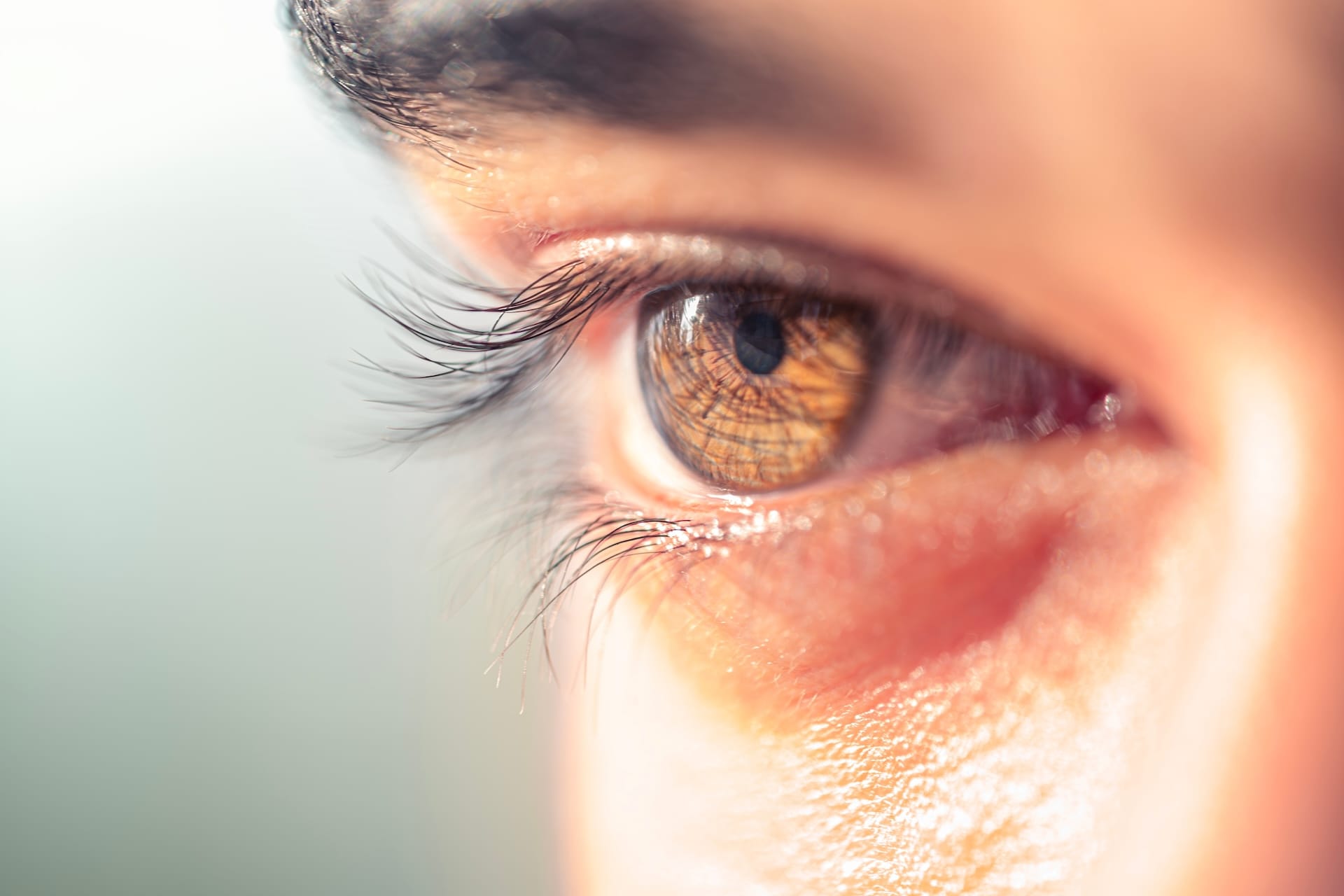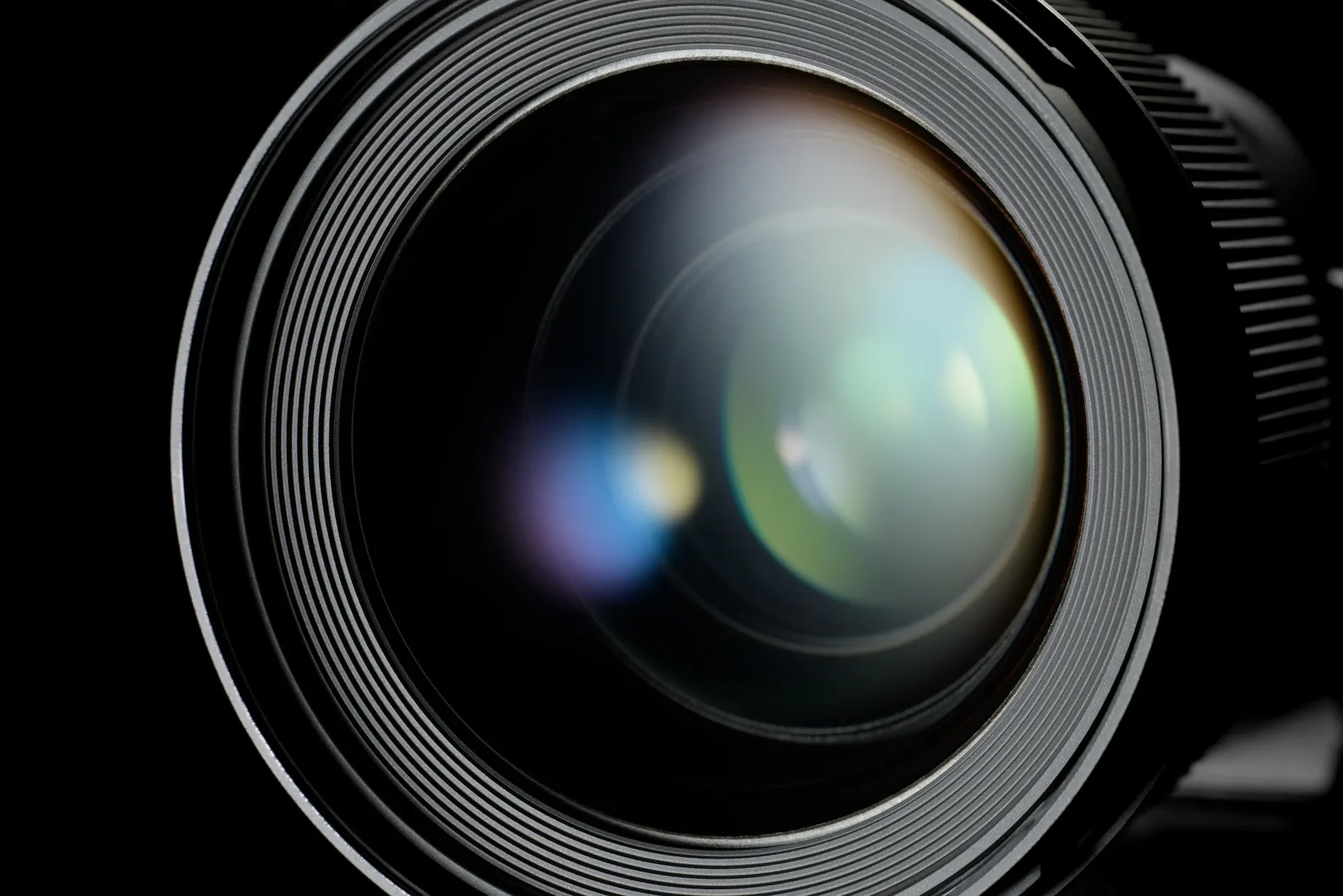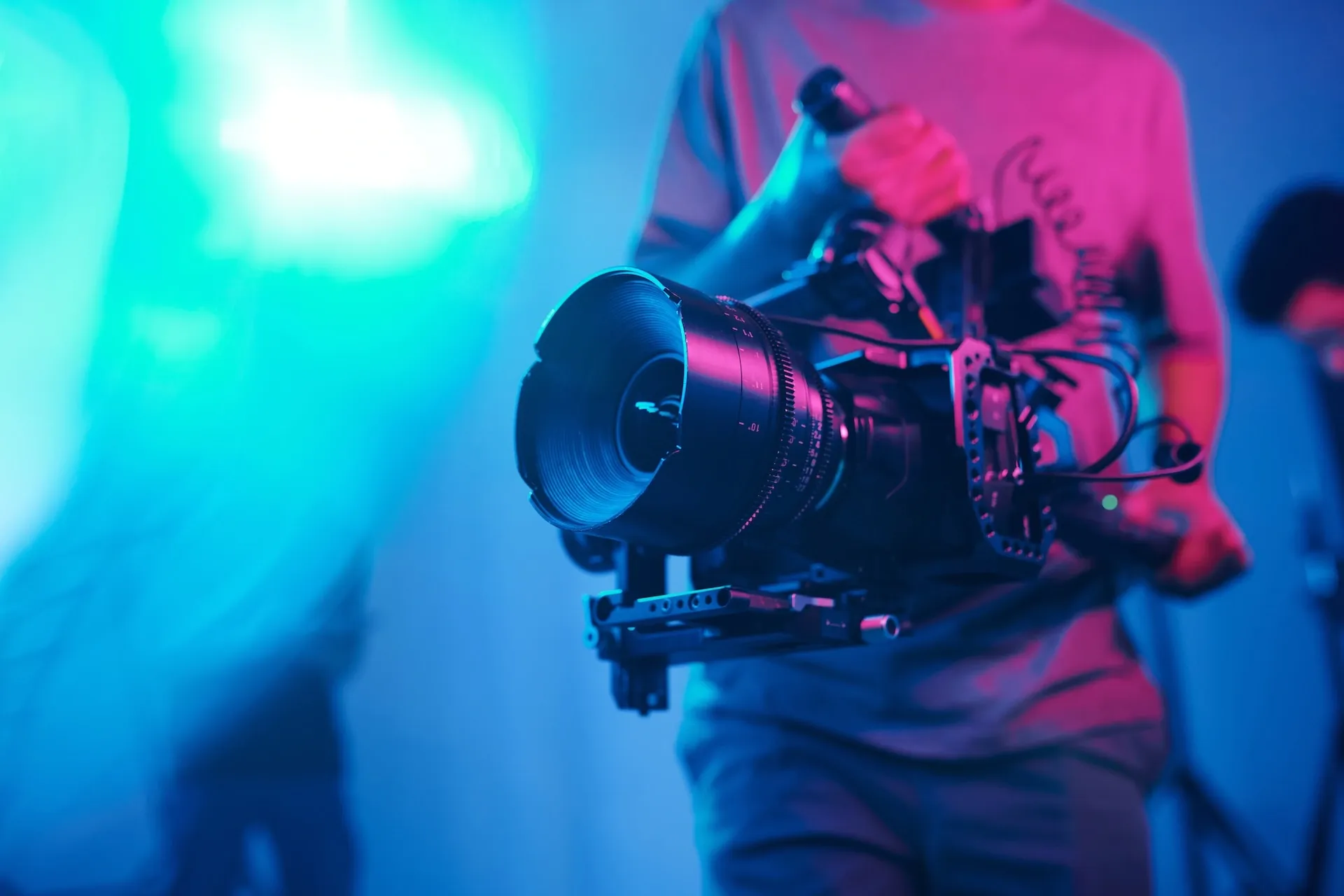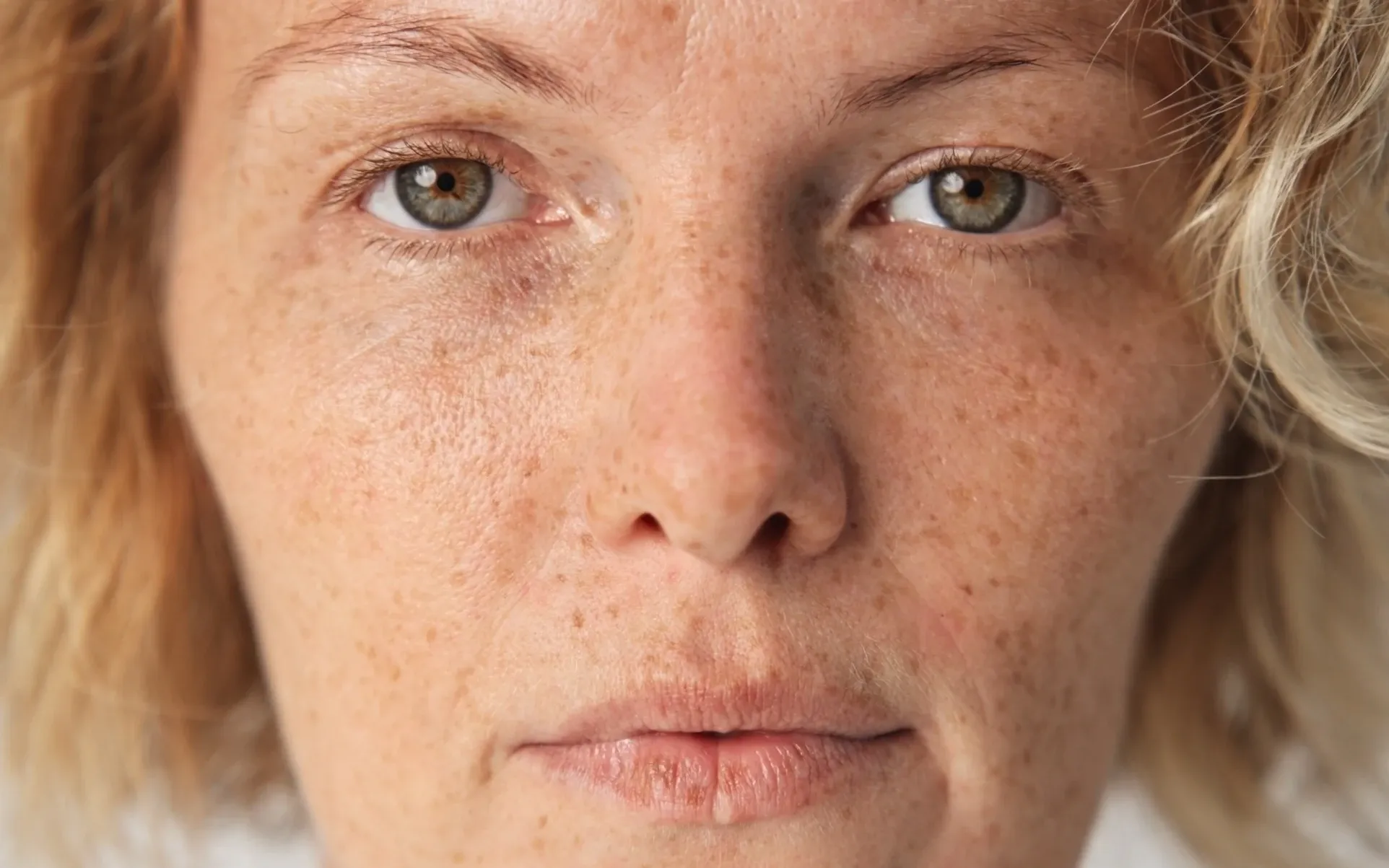Everything you need to know about close-up shots
Close-up shots are vital parts of visual content. Whether you’re using them for film, TV, or online videos, here’s what you need to know, plus some examples.

Close-up shots. They’re personal, gorgeous, intimate — they’re the kind of shots that make your subjects shine.
Today, we’ll cover everything you need to know about these foundations of filmmaking, and why you should use them in your content.
We’ll discuss:
- What is a close-up shot?
- Are close-up shots useful?
- What are the different types of close-up shots?
- How to take and use a close-up shot
- The best examples of close-up shots
What is a close-up shot?
The definition of a close-up shot is a camera shot that captures a person or object in a tight, close-range frame. It shows more detail than something like a full shot, medium shot, or wide shot, and is achieved by placing the camera close to the subject or by using a longer camera lens.
A traditional close-up shot frames an actor or interviewee from the shoulders-up, ending at the top of their head. They’re often used in scenes with plenty of dialogue or action, offering viewers the full range of an actor’s facial expressions.

Are close-up shots useful?
Close-up shots create personal, nuanced images that can’t be achieved with regular shots. You’ll not see the protagonist’s face crease with despair in a regular shot, or the villain’s eyes glimmer in a wide shot — it’s additional color, texture, feeling.
A close-up shot can emphasize an emotion or reaction, making a point without spelling it out. Here are a few of the main uses for close-up shots.
Display emotion
Like we’ve just touched upon, close-up shots sell emotion like no other shot. A character’s reaction is written across their face, rather than spoken — this allows more subtlety, rather than having to verbalize everything.
Close-up shots can also draw emotion from the audience. Let’s say our hero is disarming a security unit, and will be locked inside a safe if they don’t crack the code in time. Cutting to close-ups of our sweaty, frantic protagonist not only lets the audience know how the character feels, but suggests how the viewer should feel: pretty stressed.

Signal something important
If something happens in another shot, a well-placed close-up establishes its significance without screaming ‘LOOK HERE!’ When a car drives down the street and your friendly neighborhood secret agent gets their own close-up, you can assume said agent is interested in that car. Likewise, using a close-up on an object — more on that in a few moments — can also suggest importance.
Highlight an actor’s expressions or features
When a character is introduced or has changed their appearance, close-up shots can make a meal out of it. Make-up, clothing, and hair all play a part here, alongside the actor’s facial expressions.
Hide detail
If you want to surprise viewers, you could forgo the traditional establishing shot and start with a close-up. This will bring people into the world of your scene without fully grasping where it is. If it’s somewhere surprising or unusual, you can reveal that with a wider shot after the initial close-up.
In a nutshell, close-up shots connect viewers with footage on a deeper level. They raise emotional stakes, pepper content with visual extras, and drop storytelling cues and clues.

They’re also just one of many shots packed into a filmmaker’s toolbox. Ideally, you’ll pepper footage with close-ups to make your content more dynamic, but they won’t be the only shot. Close-up shots can drive the narrative forward, but they’re more effective when balanced within a diverse shot list.
What are the different types of close-up shots?
Most viewers will group all close-up shots under the same umbrella, but there are five key variants: traditional, medium, extreme, choker, and insert. Let’s run through those now.
Traditional close-up shots
The traditional close-up shot is the one we referenced earlier — the actor fills the frame from above their shoulders to the top of their head. These close-ups are great for to-and-fro conversations, as they’re close enough to capture emotions, but can still take in the background behind both characters.

Extreme close-up shots
It’s all in the face — extreme close-ups squeeze the subject into a tight frame, leaving little room for extra information and only showing a small portion of their features. These shots amplify tiny things like facial tics, makeup flourishes, and more. They’re not always focused on the face, though, and can lend weight to hand gestures, details on clothing, and more.
Medium close-up shots
Medium close-up shots begin around the top of the subject’s chest and end at the top of their head. While they don’t pack as much detail as a traditional or extreme close-up, they allow more background.
Choker shots
Choker shots are tighter than regular close-ups but leave more breathing space than the extreme variety, usually running from a subject’s jaw to the top of their head. These are intense, dramatic shots, spotlighting a subject’s features and highlighting their eyes, mouth, and everything in between.

Insert shots
OK, so not all insert shots are technically close-ups, but the most recognizable kind are. Insert shots usually frame an object to highlight its importance — it could be a house key, an unopened letter, a kid’s pacifier.
The insert provides exposition, and can be paired with a close-up to link a character’s reaction to the object. For example, a character has been waiting all month to hear back from a job application. The insert shot shows the application email sitting in their Drafts folder — whip back to a horrified close-up, and you’ve got your story.
Need music for your close-ups? We’ve got you covered. Dive into our catalog of more than 50,000 tracks and 200,000 sound effects and variations below.

How to take and use a close-up shot
Want to master close-up shots? Here’s a checklist:
- Plot your close-up’s arrival: Will you cut straight to the close-up, zoom in, or go for a zoom-style dolly shot? Each of these techniques can reveal different emotions and affect pacing — plot your shot list and consider what best serves the content.
- Balance shot sizes: Close-ups should be balanced with other shots, otherwise the visual might seem a little one-note. Again, this is where your shot list comes in handy.
- Balance frequency: Too few close-ups could make your footage seem cold and detached, while too many may be confusing and overbearing. Consider the vibe you’re aiming for, weigh the close-up against your other shots…and remember the shot list!
- Think about focal lengths and lenses: While there is no ‘best lens for close-up shots’, there are go-to focal lengths. Broadly, anything between 85mm and 135mm will provide solid close-up footage, flattening your subject in a flattering way. Using super-wide or -narrow angle lenses may work if you’d like to spice things up stylistically, but will otherwise look odd.
- Stabilize and light your shot: If the lighting’s off or you’re not using a gimbal or tripod, your close-up will look strange. Give it the same care and dedication as any other shot.
- Consider going off-piste: If you want to create close-up shots with flare, you can always leave the beaten path and try something different. How about a shaky-cam close-up, or mixing the wrong lenses and settings? What about an unexpected fisheye shot, for example? If you’re comfortable experimenting and have the time and/or budget to do so, there’s no harm in getting wild.
The best examples of close-up shots
Now that we’ve covered the definition of a close-up shot, why they’re used, and some tips to keep in mind, let’s wrap up with five world-class examples.
The Good, the Bad and the Ugly (1966)
Sergio Leone’s classic spaghetti Western has so many iconic elements, whether that be the score, the sprawling setpieces, or in this case, the final shoot-out. It starts with wide shots, but then you’ll see insert shots, traditional close-ups, medium close-ups, extreme close-ups — it runs the gamut, ramping up the tension as the shots get tighter.
Mulholland Drive (2001)
David Lynch’s Mulholland Drive often pops up on Best of film lists, and with good reason. The movie explores dreams and nightmares, love and death, Hollywood and its seedy underbelly — so many of the film’s close-up shots express these themes using just Naomi Watts’ face.
Whiplash (2014)
If you’ve seen Damien Chazelle’s Whiplash, you’ve no doubt chewed through your fingernails several times over. The film rests on the relationship between J.K. Simmons’ teacher and Miles Teller’s student — the final scene sums up their entire relationship without words. Those extreme close-ups finish the whole story, despite several plot threads remaining untied.
Game of Thrones – The Door (2016)
Game of Thrones rubbed people the wrong way the longer it ran, but The Door is one episode where co-creators David Benioff and D. B. Weiss nailed it. A variety of close-ups jump back and forth in time, revealing the reason Kristian Nairn’s Hodor is the way he is. In a show full of gruesome violence and unforgivable plot holes, these close-ups offered a genuinely profound moment.
Get Out (2017)
Jordan Peele’s Get Out is famous for its razor-sharp script and aural elements, but the cinematography is equally stunning. The below scene is an acting masterclass from Daniel Kaluuya and Catherine Keener, complemented by woozy, dreamlike close-ups as Kaluuya’s Chris is sent to The Sunken Place. We’re getting shivers just thinking about it.
So, that was close-up shots. In a word, they’re an essential part of any filmmaking project, and should be handled with respect.
As should the music. After all, the soundtrack can make or break your content — why let one needle-drop derail your project? Epidemic Sound’s got you covered.
Our catalog is high-quality, affordable, and safe. An Epidemic Sound subscription goes beyond royalty-free music, removing the headache of licensing and freeing you up to do what you do best. You can enjoy the safety of our license hand-in-hand with our massive catalog of 50,000 tracks, covering just about every genre you can think of. You’ll also gain unlimited access to our advanced search functions — finding the right sound’s never been easier.
It’s better than royalty-free. It’s worry-free. Get started with Epidemic Sound below.

Related posts:

